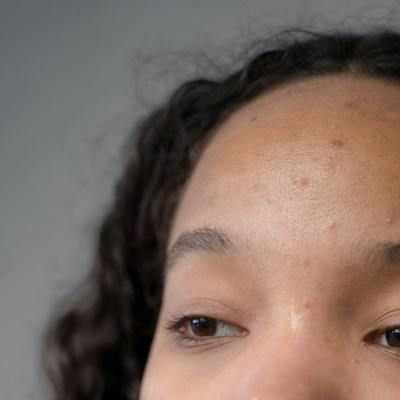Article
Scientists Create Polymer to Smooth Wrinkles, Tighten Skin
Author(s):
Scientists at MIT, Massachusetts General Hospital, Living Proof, and Olivo Labs have successfully developed a new material that could temporarily protect and tighten skin and smooth wrinkles.

Scientists at MIT, Massachusetts General Hospital, Living Proof, and Olivo Labs have successfully developed a new material that could temporarily protect and tighten skin and smooth wrinkles.
Further developed, the silicone-based polymer could also be used to distribute drugs to help treat skin conditions like eczema and other types of dermatitis.
According to the researchers, the lab-created material would be applied on the skin as a thin, invisible coating, imitating both the mechanical and elastic properties of healthy, young skin.
To develop a protective coating that could restore the properties of healthy skin for medical and cosmetic applications, the research team created a library of more than 1,000 possible polymers containing chemical structures called siloxane, which could be created into a cross-linked polymer layer (XPL).
In the study published in the journal Nature, the researchers discovered that XPL was able to tighten baggy eyes and enhance skin hydration. The “second skin” was found to also provide long-lasting ultraviolet protection.
The team understood XPL needed to have the right optical properties to look good and needed the correct mechanical properties for optimal strength.
Daniel Anderson, PhD, associate professor, MIT’s Department of Chemical Engineering, MIT’s Koch Institute for Integrative Cancer Research, and Institute for Medical Engineering and Science (IMES), said in a news release, “It’s an invisible layer that can provide a barrier, provide cosmetic improvement, and potentially deliver a drug locally to the area that’s being treated. Those three things together could really make it ideal for use in humans.”
Currently, XPL is delivered in a two-step process. Upon applying the polysiloxane components, a platinum catalyst is applied to induce a strong cross-linked film that remains for up to 24 hours.
Both layers are applied as creams, and once spread XPL essentially becomes invisible. The Olivo Lab research team will conduct further studies focusing on medical applications for treating skin conditions like dermatitis.
The authors concluded that incorporating antimicrobial agents or medications could increase XPL’s potential for cosmetic and non-cosmetic applications.
Photo: Melanie Gonick/MIT





